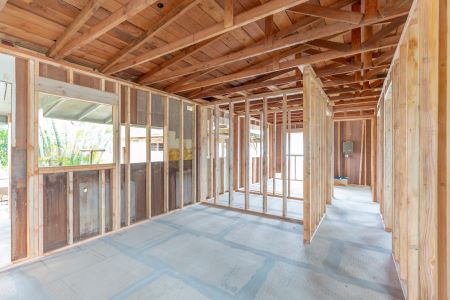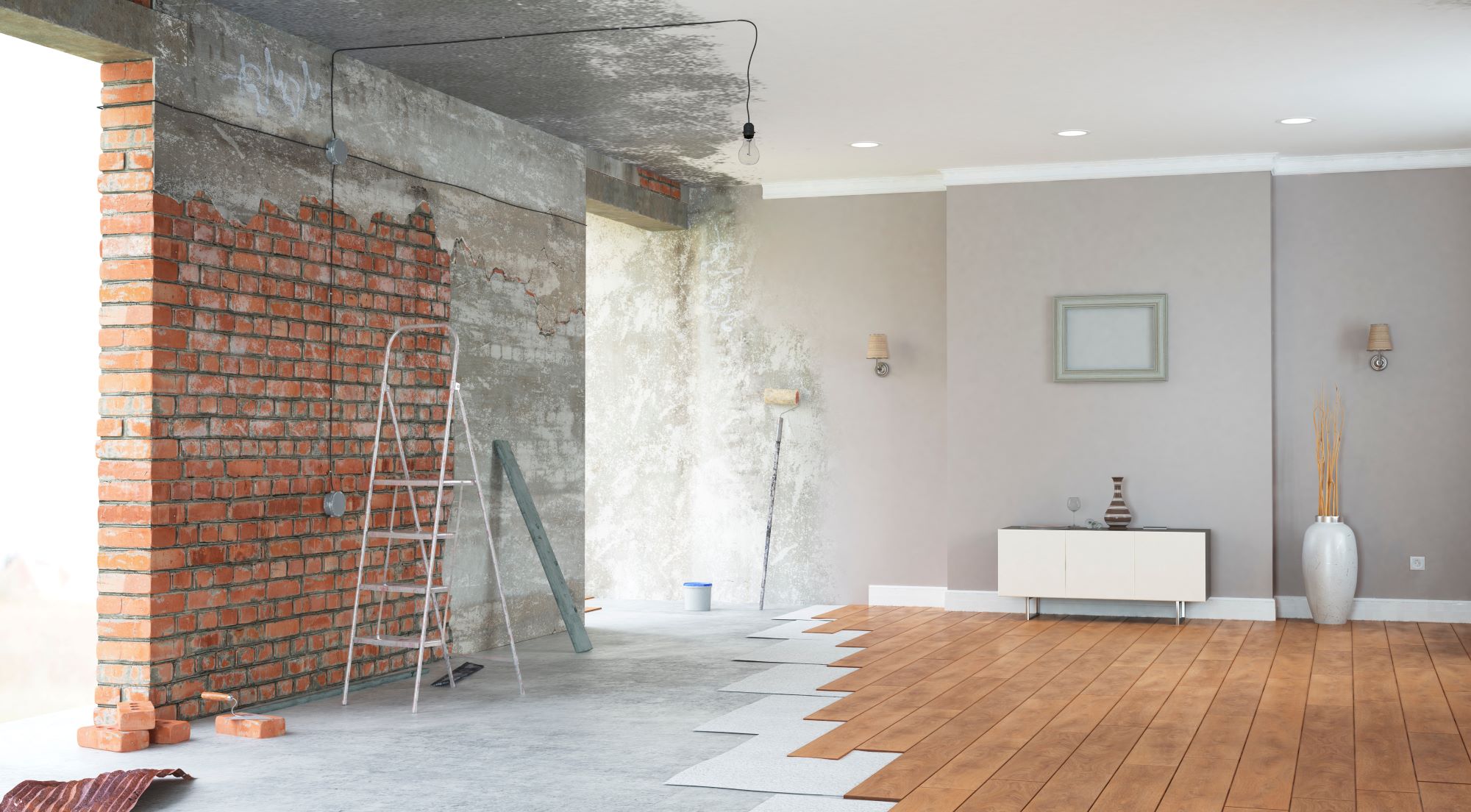Remodeling a home can be an exciting journey, transforming your living space into a place that better fits your aesthetic preferences and functional needs. However, a common question that homeowners grapple with is, “How long does a remodeling project typically take?” The answer is not straightforward, as it depends on a multitude of factors ranging from the scale of the project, the complexity of the design, the availability of materials, and the proficiency of the professionals involved. In this discussion, we will delve into the timelines of typical remodeling projects, emphasizing the roles that local remodeling companies, home renovation services, and licensed remodeling contractors play in the process.
Understanding the Scope of Remodeling
To get a grip on timeframes, it’s essential to first understand the scope of the project at hand. Remodeling projects can be broadly categorized into three types: cosmetic updates, significant renovations, and complete overhauls. Cosmetic updates might include painting, new fixtures, or flooring, which could take a few days to a couple of weeks. Significant renovations could involve redoing a kitchen or a bathroom, which may take several weeks to a few months. Complete overhauls, such as gutting a house or adding significant square footage, can extend from several months to over a year.
The Role of Local Remodeling Companies
Local remodeling companies are usually well-acquainted with the regional codes and regulations, which can play a significant role in the project’s timeline. They can also be a gauge for understanding how long a project may take because they often have a good grasp of the local availability of materials and labor. In the initial stages, these companies can provide an estimate based on similar projects they have handled, giving you a rough idea of the timeline.
Typically, after the first consultation, a local remodeling company will take a few days to a couple of weeks to present a detailed plan and timeline. This planning phase is crucial because it allows for the assessment of the project’s scale and the drafting of a timeline that accounts for the design, procurement, and construction phases.
Home Renovation Services
Home renovation services encompass a broad spectrum of activities, including design, demolition, construction, and finishing. The time taken in each of these phases can vary greatly. For instance, the design phase alone can take anywhere from a few days for minor alterations to several months for complex, custom renovations that require detailed architectural plans and 3D models.
Once the design is finalized and permits are secured, the actual construction phase can begin. This is where the bulk of the time is spent. Demolition can be quick, but rebuilding, especially if structural changes are involved, can be time-consuming. Electrical, plumbing, HVAC upgrades, insulation, drywall, flooring, and painting all follow and can have their own mini-timelines that contribute to the overall project duration.
The Importance of a Licensed Remodeling Contractor

Hiring a licensed remodeling contractor is perhaps one of the most critical decisions that can affect the timeline of a remodeling project. A licensed contractor not only brings expertise but also adheres to the latest building codes and safety standards. They are equipped to handle permits and inspections, which are essential parts of the remodeling process that can cause delays if not managed correctly.
A licensed contractor will have a structured approach to project management, and their experience can prove invaluable in predicting and adjusting timelines. They are typically more adept at scheduling subcontractors efficiently and dealing with unforeseen issues that could slow down a project, such as hidden water damage or structural concerns uncovered during demolition.
Project Timelines
Now, let’s get into the actual timelines. It’s important to note that the durations mentioned are approximate and can vary significantly based on the factors already discussed.
Design and Planning: 1-4 months
The project kicks off with a design and planning phase, which involves consultations, creating design drafts, selecting materials, obtaining permits, and scheduling tasks. The complexity of the design and the backlog of the local authorities reviewing the permits can heavily influence this stage.
Demolition and Structural Alterations: 1-4 weeks
The demolition phase tends to move quickly. However, if there are structural changes required, such as removing or adding walls or altering the footprint of the home, this can extend the timeline.
Rough-In Work: 1-2 months
This phase involves the internal workings of the home, such as electrical, plumbing, and HVAC systems. It can be relatively quick but can take longer if the house is large or if the renovations are extensive.
Drywall and Flooring: 2-4 weeks
After the rough-in, drywall installation and flooring begin. This phase can be relatively predictable unless there are special finishes or materials that have long lead times or require special handling.
Cabinetry and Fixtures: 2-6 weeks
Installing cabinetry and fixtures can vary greatly in time, especially if the pieces are custom or high-end with longer lead times.
Finishing Touches: 1-2 months
The final phase includes painting, installing trim work, and finishing any exterior details. This phase can be prolonged if the finishes are intricate or if final adjustments are needed.
Delays and Variables
It is not uncommon for remodeling projects to experience delays. Factors that can contribute to delays include:
Material Availability: Backorders on materials can push back timelines.
Weather: For projects that involve exterior work, weather can cause unexpected delays.
Change Orders: Changes to the original plan can result in adjustments to the timeline.
Subcontractor Schedules: If one subcontractor falls behind, it can affect all subsequent trades.
Inspection and Permitting: Waiting for inspections or permits can also create pauses in the workflow.
In conclusion, the typical duration of a remodeling project can vary widely. For a small to medium-sized project, you might expect anywhere from a couple of months to half a year. For large-scale renovations or complete home remodels the timeline can extend from several months to over a year. Working with reputable local remodeling companies, availing of professional home renovation services, and ensuring that a licensed remodeling contractor manages the project can help in creating a realistic timeline and reducing the likelihood of significant delays. It’s always best to anticipate some flexibility in your remodeling timeline to accommodate unforeseen challenges. Proper planning, realistic expectations, and a little patience will go a long way toward the successful completion of a remodeling project.

